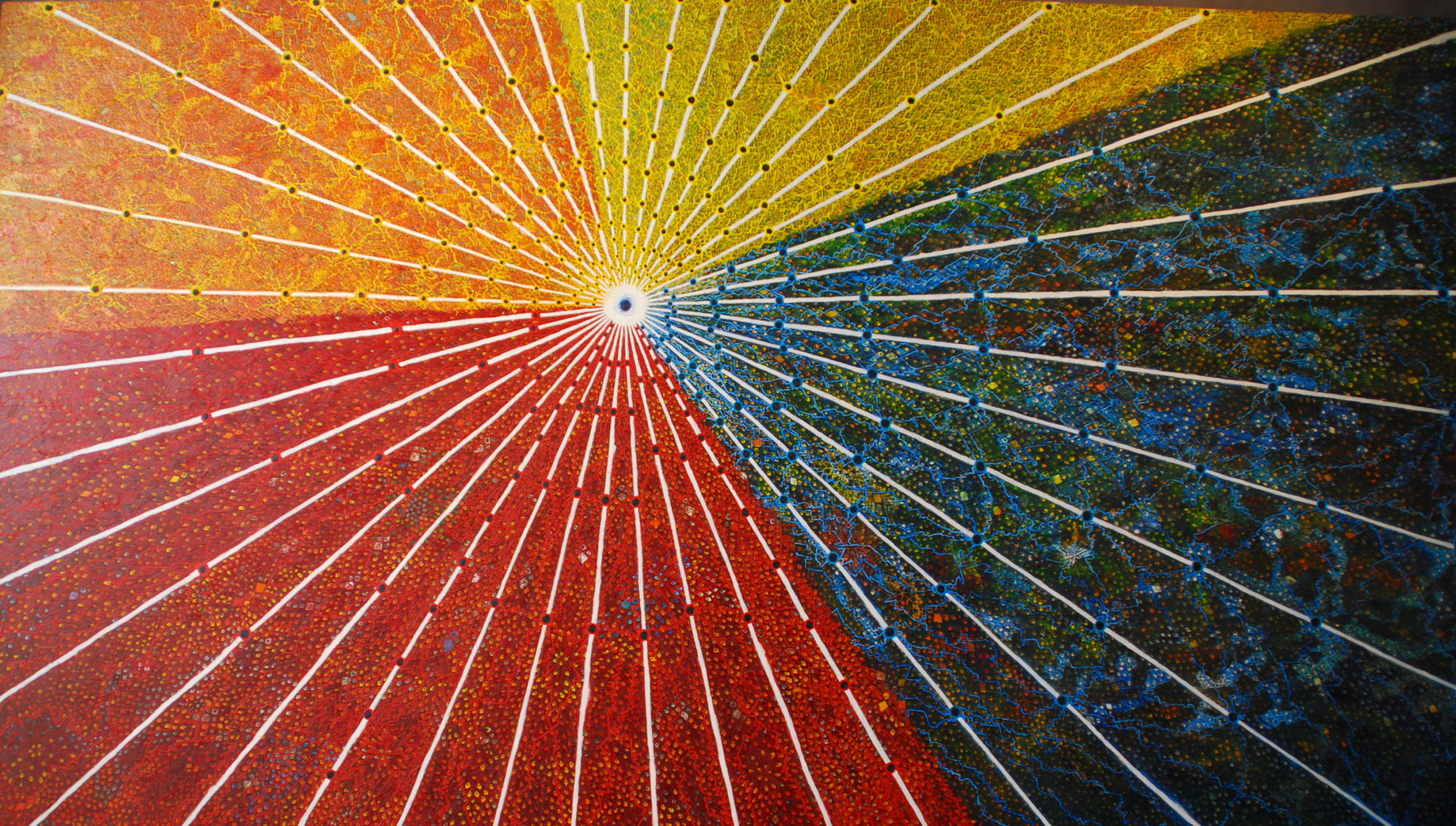Vilcabamba, Ecuador, is an lovely small town nestled in a narrow valley. The area around Vilcabamba is beautiful for hiking, with a variety of peaks, valleys, waterfalls and riverbeds full of butterflies, hummingbirds and other colorful tropical birds. In addition to being a typical small Ecuadorian town, it’s people have earned a reputation for their longevity.
All of this has made Vilcabamba a famous little town, especially among us gringos. And while a popular destination to visit as the southern terminus of Ecuador’s “gringo trail”, many people have loved it so much they stayed. The ex-pat community at times seemed to outnumber the locals. Allegedly, the first people set down roots in the 60’s, drawn by tales of the “fountain of youth” and the beautiful countryside.
Naturally, because of the high number of Americans and Europeans, Vilcabamba is blessed with delicious food and delightfully comfortable places to stay. We twice ate Mexican food (since we haven’t had authentic Mexican since leaving) in addition to spaetzle and “sri lankan” chicken. There’s a book exchange that had the largest selection yet. And beautifully maintained hotels with orchid gardens, swimming pools, hot tubs in addition to all the comforts of home grace (or is it intrude on?) the town.
Now, this leaves the town quite a paradox. On the one hand, it is still a beautiful place and a very comfortable place to stay and enjoy. We found it very relaxing (and, even though we had spent the last few days relaxing, another few days was no trouble!). On the other hand, we couldn’t help thinking that this naive, small town had been taken over. The houses just outside of town were enormous, multi-storied, walled complexes complete with swimming pools. The ex-pats ate at the foreign owned restaurants (which admittedly, were very tasty) and seemed to run in their own social circles. They sat around the park with blackberrys and iphones.
We sat next to two who, amongst their talk of chakrahs and doing palm readings, were talking about their efforts to start a recycling program in Vilcabamba. They couldn’t believe they didn’t already have recycling in the central park and were trying to recruit businesses to separate their trash to send to nearby Loja. Now, I’m all for recycling programs all over the world, especially after all the trash we’ve seen strewn everywhere, but this just smacked to me of something imposed, not something particularly desired by local people. It just felt like the town wasn’t what it originally was. The ex-pats had changed a quaint small town into a quaint small “gringo-ized” town. It had lost a fair amount of the authenticity that surely is what attracted the first foreigners.
Now, obviously as I say this I’m a bit hypocritical, because we loved having the comforts of home surrounding us, and they wouldn’t be here if it wasn’t for the ex-pats and their efforts to start businesses and attain the comforts they were used to. It did make the town a thoroughly relaxing place to visit. But there was the paradox there between being a well traveled and comfortable tourist town and being an authentic place. We’ve noticed varying degrees of this balance in many of the cities we’ve visited. The real question is about how to do it right. No beautiful town should be kept from visitors enjoying it, but no beautiful town should be overrun and destroyed by visitors. This balance is surely is something many cities are constantly wrestling with. So the real question is how do you make and maintain that balance? I don’t have the answers.



Excellent post. Good to recognize that it is the things that made you comfortable that ultimately made you uncomfortable with the way the town was being monopolized.
I assume you guys noticed that in Cuzco? I felt equally as confused there.
I was with them in Cuzco and while it had its fair share of Gringos and ex-Pats, I didn’t experience what is described above for Vilcabamba. I think Cuzco very much has its “native” feel. Maybe it was just me but I didn’t notice the iPhones or gated mansions in Cuzco. To me it was foreign but comfortable.
I agree, actually – I wasn’t sure how a balance was maintained of a complete influx of tourists and ex-pats, but somehow the city didn’t feel artificial.